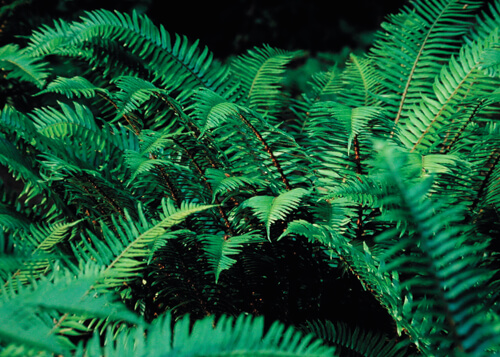Are you looking for an easy way to reduce weeds in your garden? Plant more groundcovers.
Weeds will invade bare ground. Adding groundcovers to landscape beds fills in bare spaces and shades the soil. Weeds will have a tough time sprouting and growing without sunlight.
Groundcovers also add texture and beauty to your garden. They can complement the colors of trees and shrubs, provide seasonal interest and soften the edges of landscape beds.
It is important to choose tall groundcovers. Short plants like woolly thyme and Corsican mint are not effective at shading out weeds. You need a groundcover that is at least six to 12 inches tall.
Here are some of our favorites. You can find ideas for other groundcovers in a number of places, such as Great Plant Picks and the Washington Native Plant Society. Pay attention to the height description when choosing plants.

Fairy wings or bishop’s hat (Epimedium). There are many varieties of this versatile groundcover. All have delicate flowers in spring. Some are evergreen. © Richie Steffen, Great Plant Picks.

Japanese spurge (Pachysandra terminalis) is a tough and useful groundcover that is easy to grow. It is a great way to fill in shady areas. © www.wikipedia.org – Wildfeuer.

Small ornamental grasses and grass-like plants add texture and shade out weeds. A striking one is black mondo grass (Ophiopogon planiscapus ‘Nigrescens’ ). Despite its name, it is not actually a grass. © Richie Steffen, Great Plant Picks.

Ferns are versatile groundcovers. Some are evergreen and others are deciduous. Sword fern (Polystichum munitum) is a Northwest native that grows to 3 feet tall. © Richie Steffen, Great Plant Picks.
